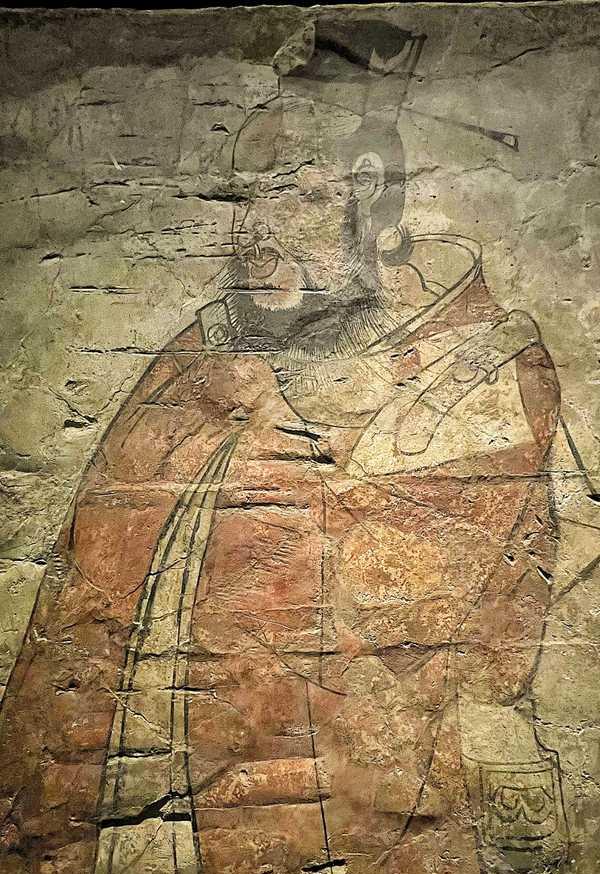Ancient Tomb Murals of Northern Qi Dynasty: A Masterpiece of Chinese Art History
The Northern Qi tomb murals, particularly those in the Tomb of Lou Rui, represent the pinnacle of ancient Chinese mural art. These 6th-century paintings showcase extraordinary artistic techniques, vivid depictions of daily life, and profound cultural significance.

The ancient tomb murals discovered in China’s Northern Qi Dynasty (550-577 CE) represent some of the most significant artistic achievements in Chinese art history. Among these, the murals in Lou Rui’s tomb stand out as particularly remarkable examples of artistic excellence.
Located in present-day Taiyuan, Shanxi Province in China, Lou Rui’s tomb contains over 200 square meters of preserved murals. The most celebrated among these are the “Mounted Procession” scenes, which demonstrate the highest level of painting technique achieved during the Northern Dynasties period.
These murals display several revolutionary artistic features:
The artists employed sophisticated techniques of single-line outlining combined with subtle color gradation, creating a remarkable sense of depth and dimensionality. This is particularly evident in the depiction of horses, where each animal exhibits distinct personalities and lifelike characteristics. The famous red horse in the procession scene, with its alert eyes that seem to follow viewers, demonstrates the artists' masterful understanding of perspective and animal anatomy.
The human figures are portrayed with exceptional psychological depth. The lead riders' expressions and postures convey authority and dignity, while the attendants show varying degrees of attentiveness and vigilance. The artists captured subtle facial expressions and body language that bring these ancient figures to life.
The murals also provide invaluable historical documentation of Northern Qi court life and customs. They meticulously detail period clothing, weapons, and ceremonial practices. For instance, the elaborate headdresses and ceremonial belts worn by the figures offer precise information about Northern Qi official dress codes.
Beyond their artistic merit, these murals incorporate spiritual elements through celestial imagery and zodiac symbols. The tomb’s ceiling features intricate astronomical diagrams, including what appears to be a meteor shower, reflecting complex beliefs about the afterlife during this period.
The paintings demonstrate a mature synthesis of traditional Chinese painting techniques with influences from Central Asian art, reflecting the cultural exchanges along the Silk Road during the 6th century. This fusion created a unique artistic style that would influence Chinese painting for centuries to come.
The preservation quality of Lou Rui’s tomb murals allows modern viewers to appreciate the original vibrant colors and precise brushwork, providing an unparalleled window into the sophisticated artistic achievements of ancient China. These masterpieces continue to inspire contemporary artists and scholars, offering invaluable insights into both artistic techniques and cultural practices of medieval China.